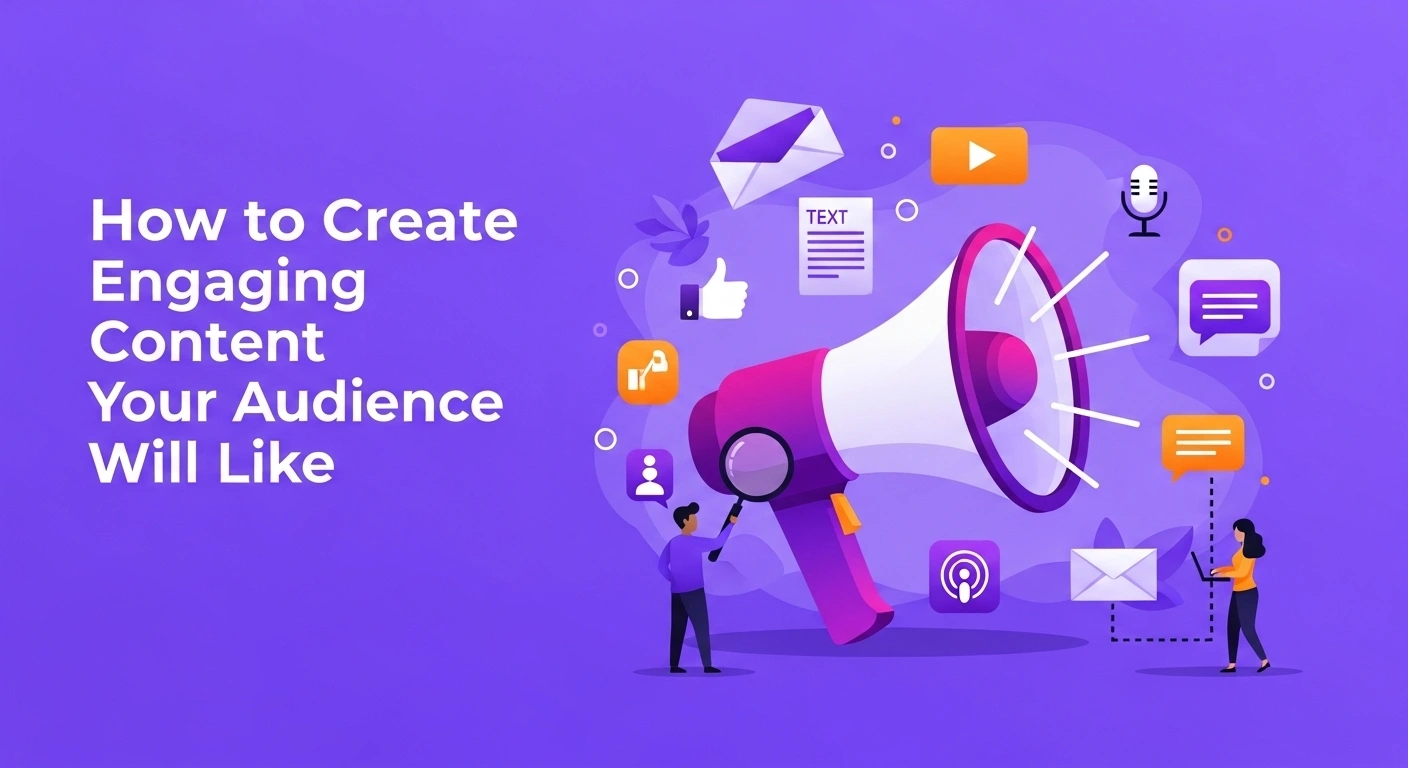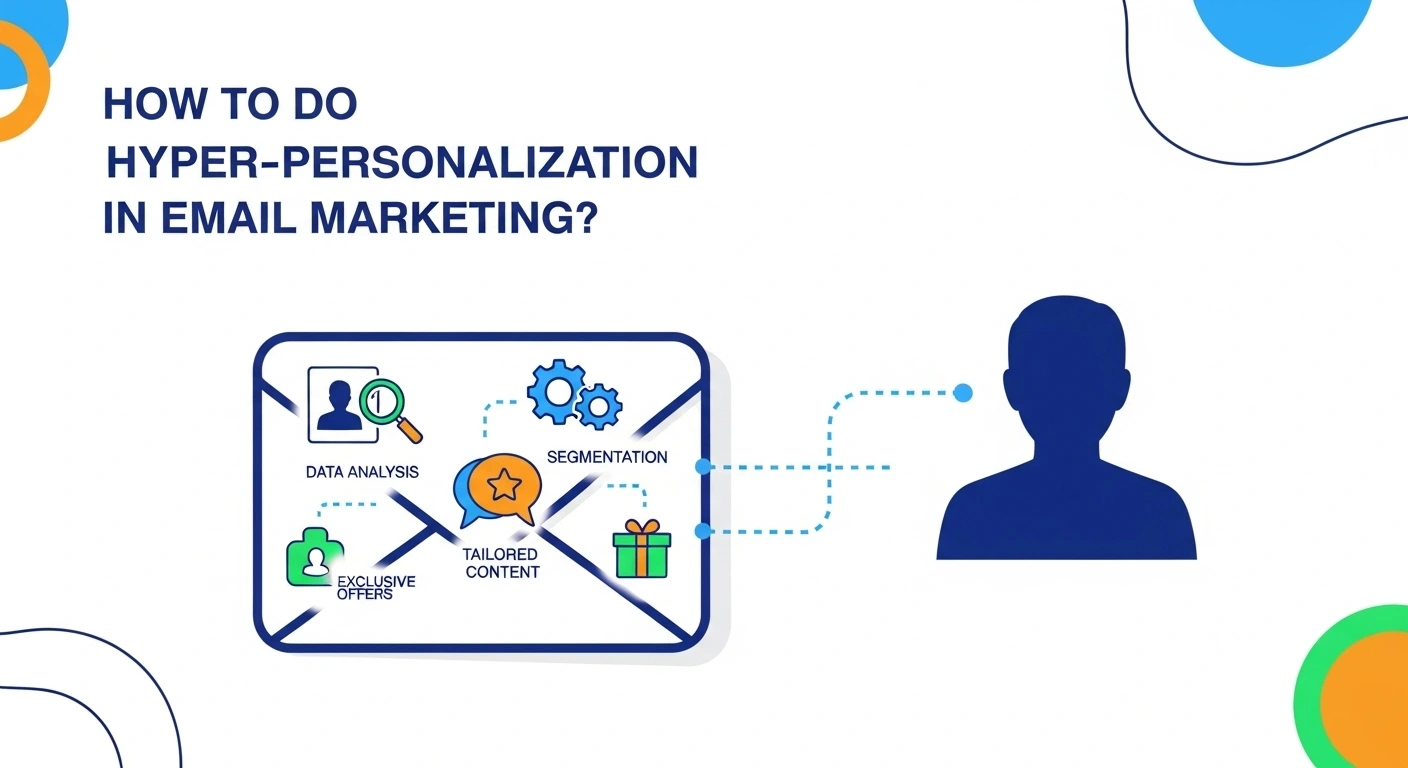- 1. Define Your Goal and Audience
- 2. Choose the Right AI Tool
- 3. Master Prompt Engineering
- 4. Provide Specific Context and Constraints
- 5. First Drafts and Ideas
- 6. Research and Outlining
- 7. Refine and Edit with Human Expertise
- 8. Repurpose Content
- 9. Brand Voice
- 10. SEO and Optimization
- 11. Fact Check and Verify
- 12. Review and Finalize
- Conclusion
- FAQs on Using AI for Content Creation
Artificial Intelligence (AI) for content creation means using algorithms and machine learning models to generate, optimize and distribute written or visual content. This was popularized by Large Language Models (LLMs) like GPT-3 by OpenAI. It’s a powerful tool that’s easy to access, making it one of the most transformative tools for creators and marketers.
AI has many applications, from writing blog posts and social media updates to generating video scripts and ad copy. In India, businesses and digital marketers are quickly adopting AI to scale their content efforts, improve efficiency, and reach new audiences with personalized messaging.
Freshers in marketing and seasoned content creators alike should know how to use AI effectively. In this article, we will outline a 12-step practical guide on how to use AI for content creation. These steps cover concepts like prompt engineering, tool selection, SEO optimization and brand voice.
AI for Everyone: Learn AI Essentials
Learn how AI for Everyone makes artificial intelligence accessible to all. Learn how AI can enhance your life, work, and creativity, regardless of technical skills.
Let’s get into the practical steps for using AI to create content:
1. Define Your Goal and Audience
Before you write a single prompt, you must know what you want to achieve. Are you writing a blog post to get organic traffic, a social media caption to drive engagement, or an email to convert leads? Clearly define your objective and your target audience.
- Goal: Write a blog post.
- Audience: Beginner-level students.
- Topic: Basics of Python programming.
2. Choose the Right AI Tool
Not all AI tools are the same. Some are good for long-form writing (Jasper, Copy.ai), some for general-purpose (ChatGPT, Claude) and others for image generation (Midjourney, DALL-E). Choose a tool that fits your needs and budget.
| Tool Type | What it’s for | Use Case |
|---|---|---|
| Writing Assistants | Blog posts, ads, emails | Generate a 1000-word article |
| General LLMs | Brainstorming, research, coding | Give me 10 blog ideas for a finance startup |
| Image Generators | Visual content, illustrations | Create a photorealistic image of an astronaut |
Also Read: Best AI Tools for Content Writing
3. Master Prompt Engineering
The quality of your output depends entirely on the quality of your input. Prompt engineering is the skill of crafting clear, specific and detailed instructions for the AI. A vague prompt will yield a generic result.
- Weak Prompt: “Write about social media marketing.”
- Strong Prompt: “Write a 500-word introduction to social media marketing for small business owners. Explain what it is and why it’s important, focusing on Facebook and Instagram.”
Learn the essentials of prompt engineering with this Prompt Engineering for ChatGPT course. Master the art of crafting effective prompts for ChatGPT and other LLMs. Enroll for free.
4. Provide Specific Context and Constraints
Give the AI as much context as possible. This includes the tone of voice (e.g. formal, witty, professional), format (e.g. listicle, how-to guide, case study) and any constraints (e.g. “do not mention our competitors,” “use simple language”).
Goal + Audience + Tone + Format = Great Prompt.
5. First Drafts and Ideas
Use AI as a brainstorming partner. Ask it to generate headlines, blog post ideas or different angles for a topic. The first draft is never perfect. Think of it as a lump of clay you will shape and refine.
6. Research and Outlining
AI can speed up your research. You can ask it to summarize long articles, explain complex topics in simple terms or create a structured outline for your content. This helps you organize your thoughts before you start writing.
Prompt: "Create a blog post outline for the topic '10 Time-Saving Tips for Remote Workers'. Include an introduction, 10 bullet points with sub-bullets and a conclusion."
7. Refine and Edit with Human Expertise
This is the most important step. AI generated text lacks nuance, emotional depth and originality. Your job as a creator is to add your unique perspective, storytelling ability and critical thinking. Edit the AI’s draft for flow, clarity and accuracy.
- AI = Speed and efficiency.
- Human = Empathy, creativity and final quality.
Before you go, make sure you have a solid understanding of digital marketing principles including SEO, content strategy and social media management. To get started with a structured learning path, our free Digital Marketing ebook offers step-by-step guidance, hands-on projects and expert insights to help you build a strong foundation. Download the ebook now and get started to become a digital marketer!
8. Repurpose Content
Once you have a core piece of content like a blog post, use AI to repurpose it for other channels. This saves a ton of time.
Prompt: "Turn the above blog post into a 5-tweet thread. Each tweet should be under 280 characters and include relevant hashtags."
9. Brand Voice
To not sound generic, you can "train" the AI on your brand voice. Provide it with examples of your existing content and ask it to mimic that style, tone and vocabulary in its output.
Prompt: "Analyze the writing style from the text I’ve provided. Now, write a product description for a new coffee blend using the same friendly and enthusiastic tone."
10. SEO and Optimization
AI is great for SEO tasks. Use it to:
- Generate a list of LSI (Latent Semantic Indexing) keywords.
- Write meta titles and descriptions.
- Create FAQs for your articles based on user questions.
Prompt: "Write three meta descriptions under 160 characters for a blog post titled 'The Ultimate Guide to Healthy Meal Prep'."
11. Fact Check and Verify
AI models can "hallucinate", meaning they can confidently present false information or make up facts and sources. Never trust AI generated statistics, dates or factual claims without verifying from a reliable source.
12. Review and Finalize
The final step is human review. Read it out loud to check the rhythm and flow. Does it meet your original goal, talk to your audience and align with your brand. The AI is a tool; you are the publisher.
Conclusion
Now you’ve seen this 12 step guide to using AI for content creation you’re ready to get started. These will help you create better content faster. With all the technical capabilities of AI this will help you use it as a tool to enhance your creativity and productivity without sacrificing quality.
Want to Excel in AI for Content and SEO Skills?
Take our Free ChatGPT for Content and SEO Course, and learn everything in detail. Advance your content game and SEO practices.
FAQs on Using AI for Content Creation
Q1. Can AI replace content writers?
No, AI cannot replace content writers. AI tools generate fast and help with brainstorming, outlining and drafting. But AI lacks human creativity, emotional intelligence and the ability to create original insights or unique perspectives. Human writers bring the critical thinking, nuanced understanding and personal touch that connects with an audience. AI is a tool to improve a writer’s work, not a replacement.
Q2. What’s the best AI tool for beginners?
For beginners Writesonic is a great AI writing tool. It helps you generate different types of content like articles, ads and social media posts. Writesonic is easy to use and creates human sounding content. ChatGPT and Google Gemini are also great for beginners. They are simple to use because of their conversational interfaces, so you can create content by just asking questions or giving prompts.
Q3. Is AI generated content good for SEO?
Yes, AI generated content can be good for SEO if you use it right. Google doesn’t penalize content just because AI created it. Instead Google evaluates AI content based on the same quality standards as human written content. This is based on factors like E-E-A-T (Experience, Expertise, Authoritativeness, and Trustworthiness) and user experience.
To make AI content effective for SEO ensure:
- Originality: Don’t use generic or repetitive content.
- Accuracy: Fact check all AI generated information.
- Value: Deliver helpful and complete information to the reader.
- Human Touch: Add unique insights, personal examples and a voice that AI can’t replicate.
Using AI for tasks like keyword research, outlining or creating first drafts can make your work more efficient. But human oversight is key to ensure the content is high quality, relevant, and error-free, or bias-free.





